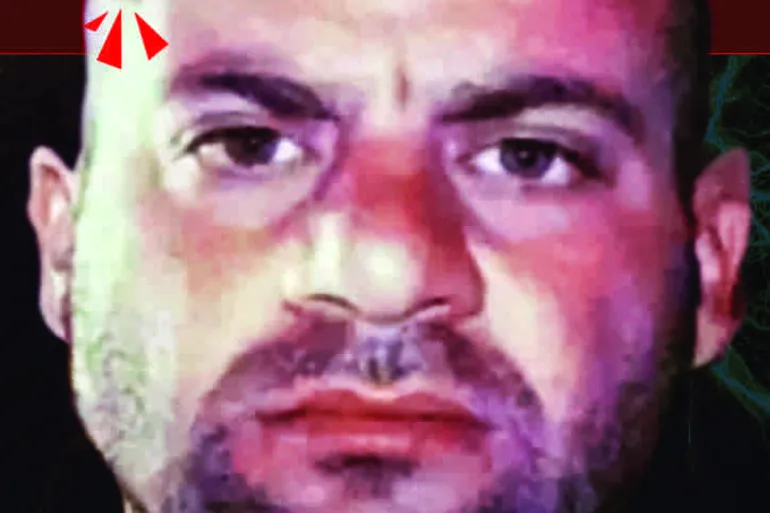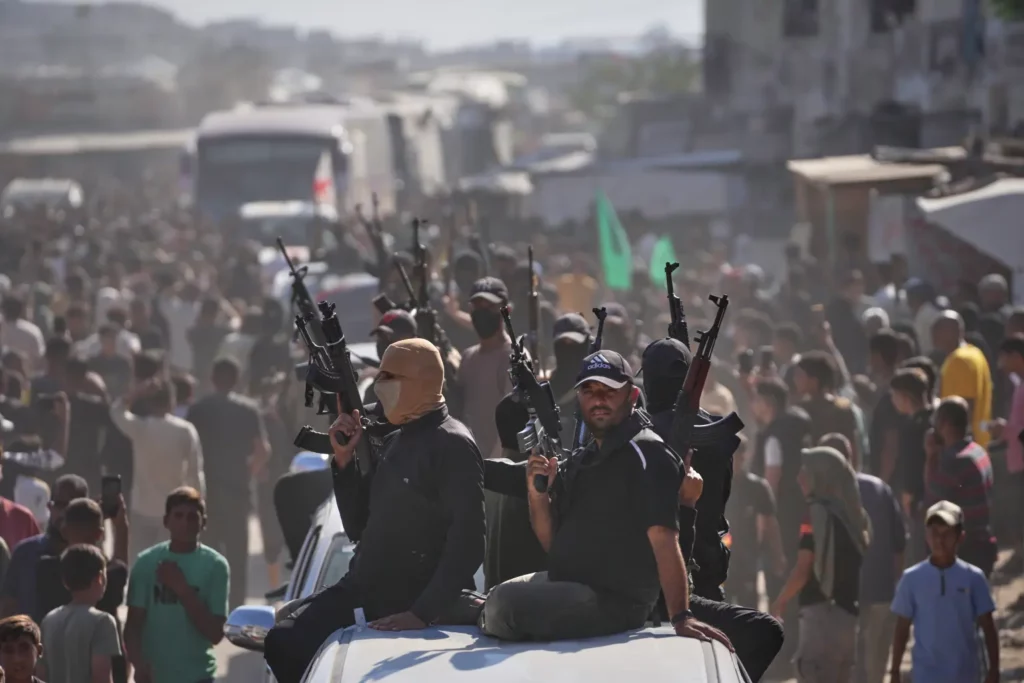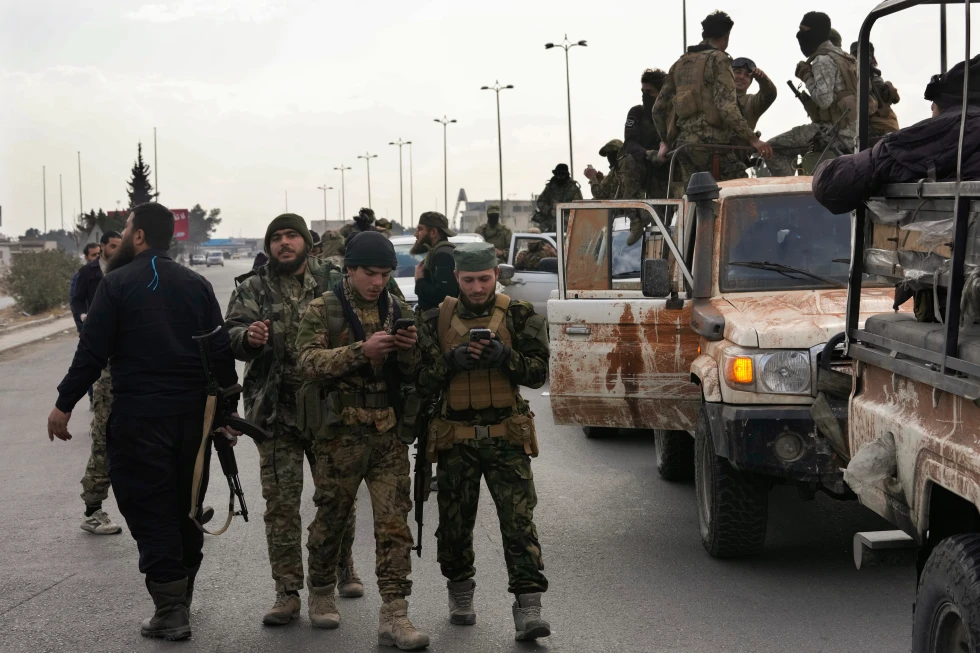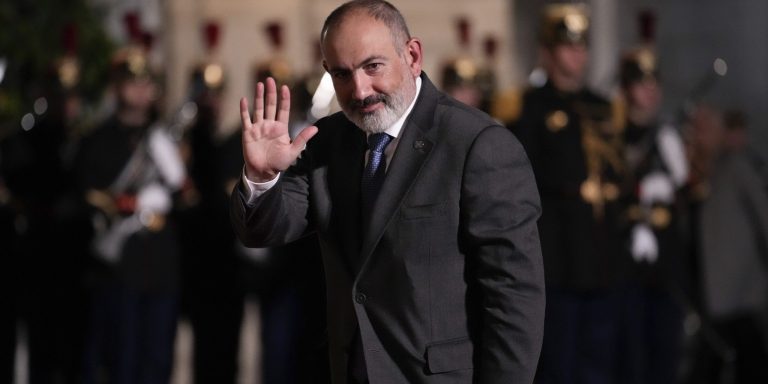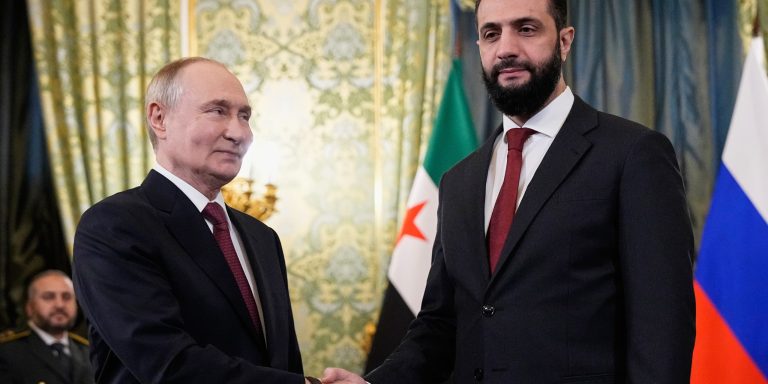The Avalon Project : Hamas Covenant 1988
The Covenant of the Islamic Resistance Movement
In The Name Of The Most Merciful Allah
“Ye are the best nation that hath been raised up unto mankind: ye command that which is just, and ye forbid that which is unjust, and ye believe in Allah. And if they who have received the scriptures had believed, it had surely been the better for them: there are believers among them, but the greater part of them are transgressors. They shall not hurt you, unless with a slight hurt; and if they fight against you, they shall turn their backs to you, and they shall not be helped. They are smitten with vileness wheresoever they are found; unless they obtain security by entering into a treaty with Allah, and a treaty with men; and they draw on themselves indignation from Allah, and they are afflicted with poverty. This they suffer, because they disbelieved the signs of Allah, and slew the prophets unjustly; this, because they were rebellious, and transgressed.” (Al-Imran – verses 109-111).

